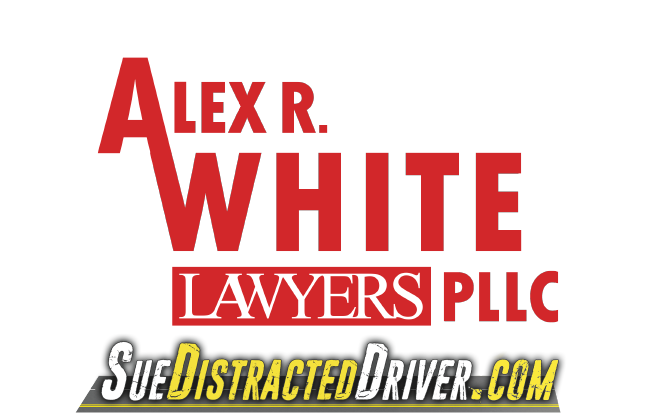Resources

How to Prove Negligence in a Slip and Fall Case
Slip and fall accidents can lead to serious injuries, leaving victims with medical bills, lost wages, and emotional distress. Proving negligence in a slip and fall case is key to securing compensation for these damages. This article provides a step-by-step guide to understanding negligence in slip and fall cases, what evidence is needed, and how to maximize your chances of winning a claim.
Table of Contents
Understanding Negligence in Slip and Fall Cases
Common Causes of Slip and Fall Accidents
Essential Elements of Negligence
Evidence Needed to Prove Negligence
Steps to Build a Strong Slip and Fall Case
Potential Compensation in Slip and Fall Cases
The Role of an Attorney in Slip and Fall Claims
Frequently Asked Questions
Understanding Negligence in Slip and Fall Cases
Negligence refers to a property owner’s failure to maintain reasonably safe conditions, which directly causes harm to another person. In a slip and fall case, negligence typically involves unsafe conditions such as wet floors, uneven surfaces, or poor lighting.
Common Causes of Slip and Fall Accidents
Slip and fall accidents often occur due to hazardous conditions that property owners fail to address. Common causes include:
Wet or Slippery Floors: Caused by spills, leaks, or recently mopped surfaces.
Uneven Surfaces: Broken tiles, loose floorboards, or potholes in parking lots.
Poor Lighting: Dimly lit areas that obscure hazards.
Weather-Related Hazards: Snow, ice, or rain left untreated on walkways.
Cluttered Pathways: Items or debris obstructing walkways.
Essential Elements of Negligence
To prove negligence in a slip and fall case, you must establish the following elements:
Duty of Care: The property owner or manager owed you a legal duty to maintain a safe environment.
Breach of Duty: The property owner failed to uphold their duty by neglecting hazardous conditions.
Causation: The hazardous condition directly caused your injury.
Damages: You suffered measurable harm, such as medical bills, lost wages, or pain and suffering.
Evidence Needed to Prove Negligence
Building a strong case requires comprehensive evidence. Key items include:
Photographs: Images of the hazard that caused the accident (e.g., wet floor, broken step).
Witness Testimonies: Statements from individuals who saw the accident or unsafe conditions.
Incident Reports: Documentation filed with the property owner or manager after the accident.
Medical Records: Proof of injuries and related treatments.
Maintenance Records: Evidence of the property owner’s failure to address known hazards.
Video Footage: Surveillance footage showing the incident or hazardous condition.
Steps to Build a Strong Slip and Fall Case
Seek Immediate Medical Attention:
Your health is the priority. Prompt medical care also creates a record of your injuries.
Document the Scene:
Take photographs of the hazard and surrounding area.
Note the date, time, and location of the incident.
Report the Incident:
Notify the property owner or manager and request a copy of the incident report.
Preserve Evidence:
Save receipts, medical bills, and any physical evidence (e.g., clothing or shoes worn during the accident).
Consult an Attorney:
A personal injury attorney can guide you through the legal process, ensuring your rights are protected.
Potential Compensation in Slip and Fall Cases
Victims of slip and fall accidents may be entitled to:
Economic Damages:
Medical expenses (current and future).
Lost wages and diminished earning capacity.
Non-Economic Damages:
Pain and suffering.
Emotional distress.
Punitive Damages:
In cases of gross negligence, additional damages may be awarded to punish the property owner.
The Role of an Attorney in Slip and Fall Claims
An experienced attorney plays a vital role in maximizing your compensation. They can:
Evaluate the strength of your case.
Gather and preserve evidence.
Negotiate with insurance companies.
Represent you in court if necessary.
Attorneys understand the complexities of premises liability law and can navigate the legal system on your behalf.
Frequently Asked Questions
Q1: How long do I have to file a slip and fall claim in Kentucky?
A1: Kentucky’s statute of limitations for personal injury claims is typically one year from the date of the accident. Acting quickly ensures compliance with deadlines.
Q2: Can I file a claim if the hazard was obvious?
A2: Yes, but the property owner may argue that you bear some responsibility for not avoiding the hazard. Kentucky’s comparative negligence rule may reduce your compensation proportionally to your share of fault.
Q3: What if the property owner claims they were unaware of the hazard?
A3: Property owners are responsible for hazards they knew about or should have known about through reasonable inspections. Evidence like maintenance records can refute this defense.
Q4: Can I sue if the accident occurred at a friend’s home?
A4: Yes, you can file a claim against the homeowner’s insurance policy, not the individual, ensuring compensation without straining relationships.
Conclusion
Proving negligence in a slip and fall case requires careful documentation, strong evidence, and expert legal representation. By following these steps and working with an experienced attorney, you can maximize your chances of recovering fair compensation.
At Sue Distracted Driver, we specialize in personal injury cases, including slip and fall claims. Contact us today for a free consultation to discuss your case and protect your rights.
This is an advertisement. Alex White is a lawyer licensed solely in Kentucky. Work may be performed by another Attorney. Offices at 904 Minoma Avenue, Louisville, KY 40217 and 2813 Main Street, Hurricane, WV 25526.
This is an advertisement. Alex White is a lawyer licensed solely in Kentucky. Work may be performed by another Attorney. Offices at 904 Minoma Avenue, Louisville, KY 40217 and 2813 Main Street, Hurricane, WV 25526.


Location
904 Minoma Avenue Louisville, KY 40217

Phone
800.929.4486

Fax
502.585.3559

Alex@arwhitelaw.com
All rights reserved by Alex White. Copyright 2025. Website design by SuBo.


Location
904 Minoma Avenue Louisville, KY 40217

Phone
800.929.4486

Fax
502.585.3559

Alex@arwhitelaw.com
All rights reserved by Alex White. Copyright 2023. Website design by Shark Jockey.

